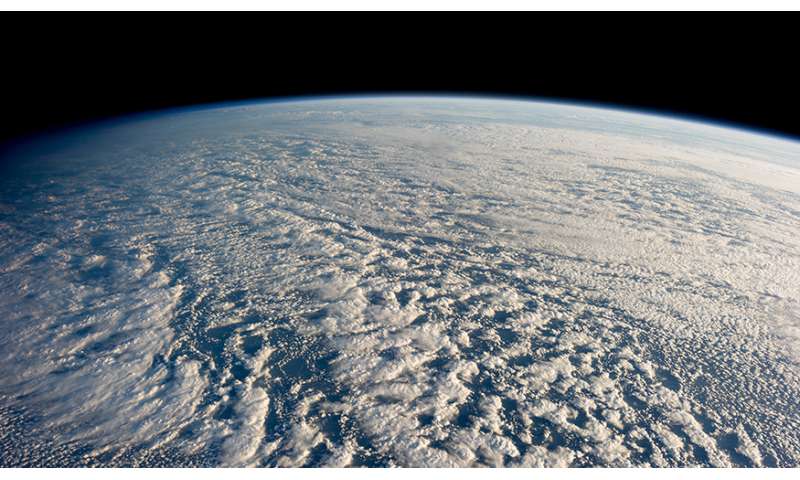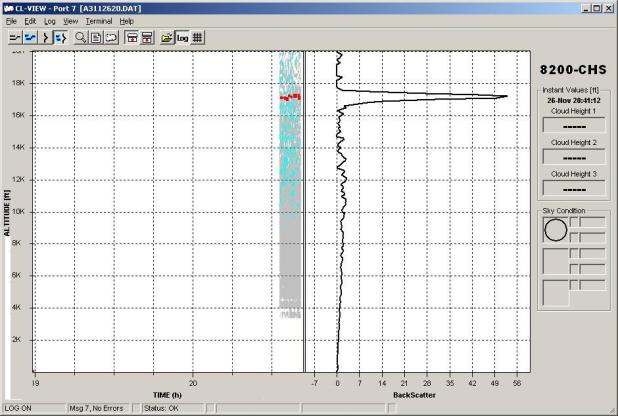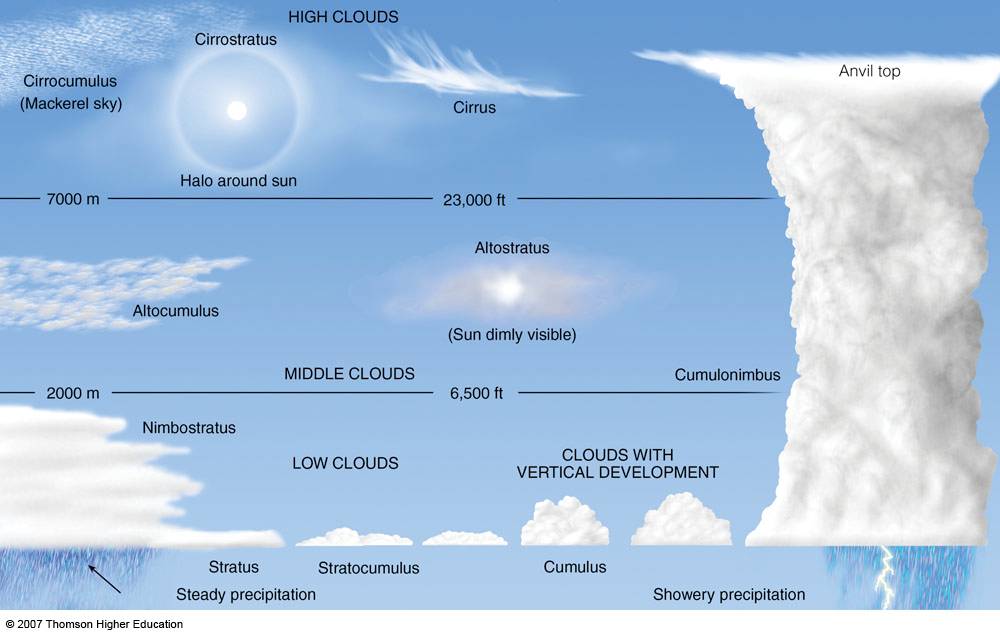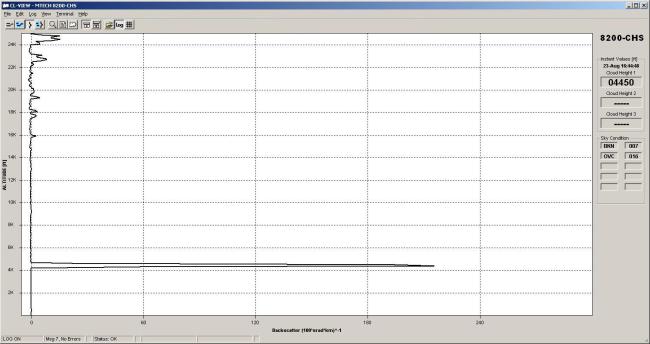Lawrence Livermore National Laboratory researchers have identified a mechanism that causes low clouds – and their influence on Earth’s energy balance – to respond differently to global warming depending on their spatial pattern.
The results imply that studies relying solely on recent observed trends are likely to underestimate how much Earth will warm due to increased carbon dioxide. The research appears in the Oct. 31 edition of the journal,Nature Geosciences.

The research focused on clouds, which influence Earth’s climate by reflecting incoming solar radiation and reducing outgoing thermal radiation. As the Earth’s surface warms, the net radiative effect of clouds also changes, contributing a feedback to the climate system. If these cloud changes enhance the radiative cooling of the Earth, they act as a negative, dampening feedback on warming. Otherwise, they act as a positive, amplifying feedback on warming. The amount of global warming due to increased carbon dioxide is critically dependent on the sign and magnitude of the cloud feedback, making it an area of intense research.
This is an area attracting a great deal of research. The ramifications of changes in solar energy reaching the biosphere of earth could be serious. But studies reveal disagreement between a number of authors.
OCTOBER 31, 2016
Chen Zhou et al, Impact of decadal cloud variations on the Earth’s energy budget,Nature Geoscience (2016). DOI: 10.1038/ngeo2828











